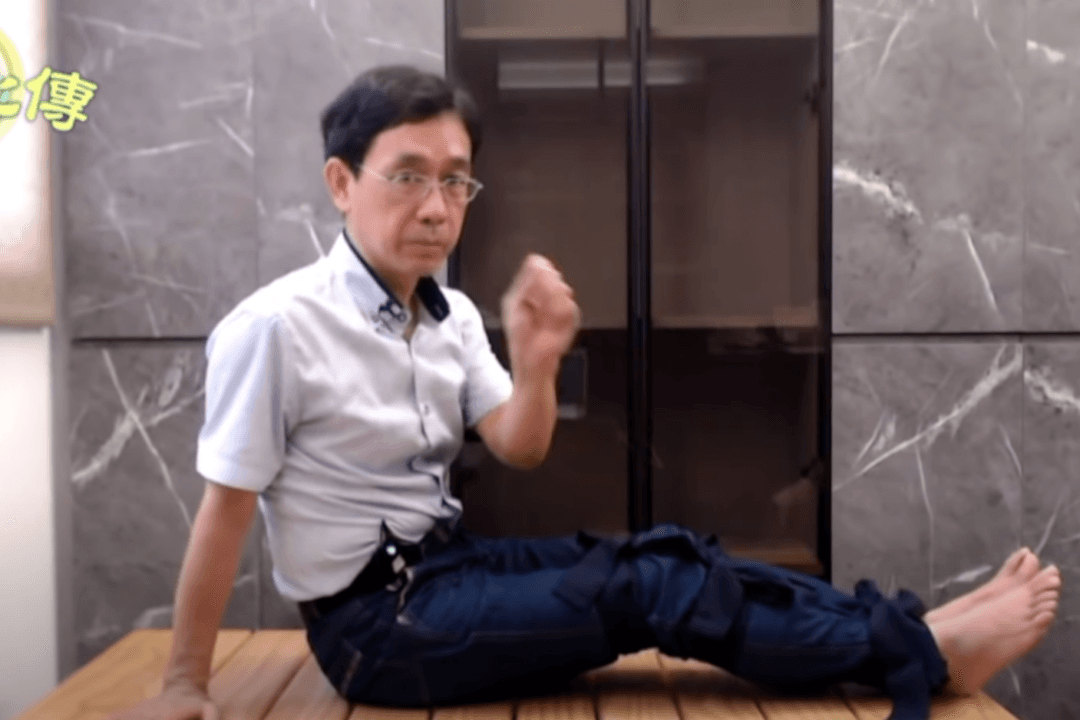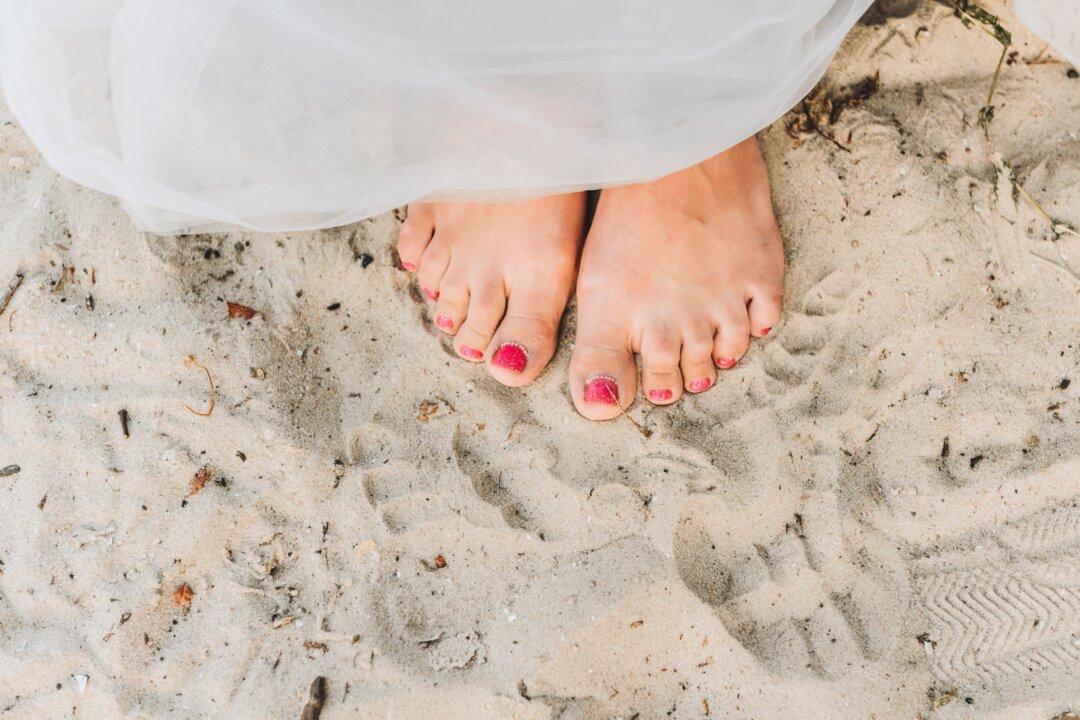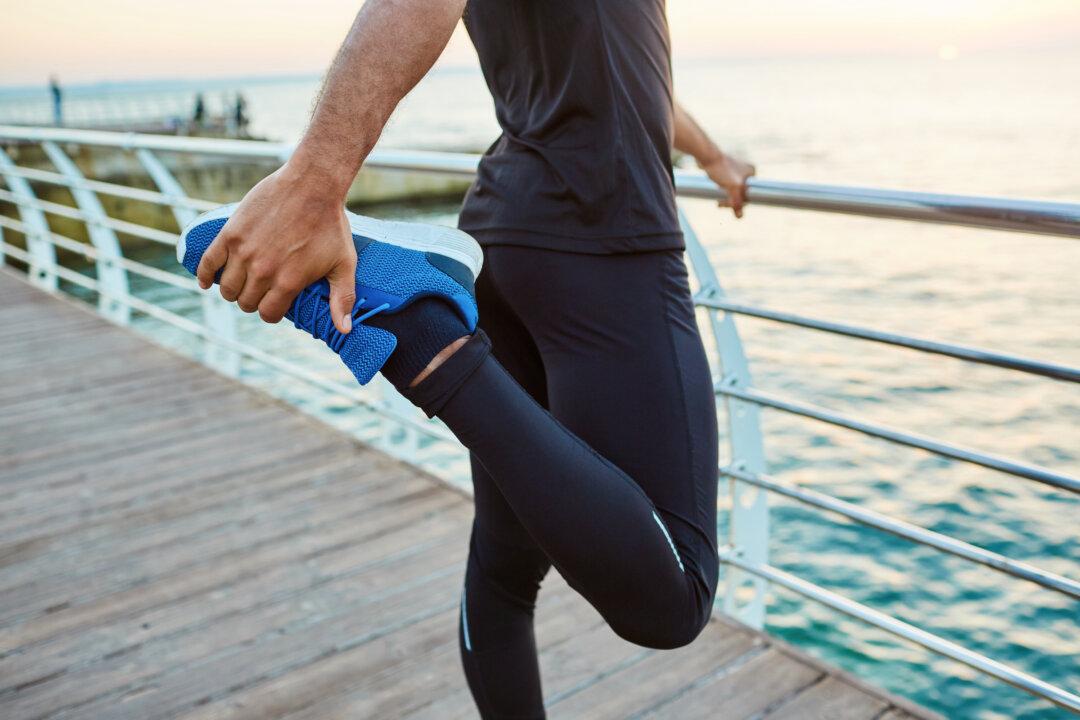Insomnia is a common sleep issue for modern people. Those who are troubled by it can try the Japanese Isogai Dynamic Therapy (IDT)—which helps to improve our sleep by tying our feet and leg with wide strips of cloth.
The IDT Improves Sleep and Nocturia
The IDT is simply tying your legs before you hit the sack, which can help you fall asleep quickly. This method was invented by Japanese osteopath Dr. Kimiyoshi Isogai, who has been practicing this treatment for 70 years.The choice of ties is very important: the width of the belts should be at least 5 centimeters. Do not use something thin and rope-like. The point is not to cut off your circulation or cause irritation. If you don’t have strips of cloth like this, you can use a towel instead.
IDT Steps
1. Tie one around the ankles. Make sure it’s not too tight.






